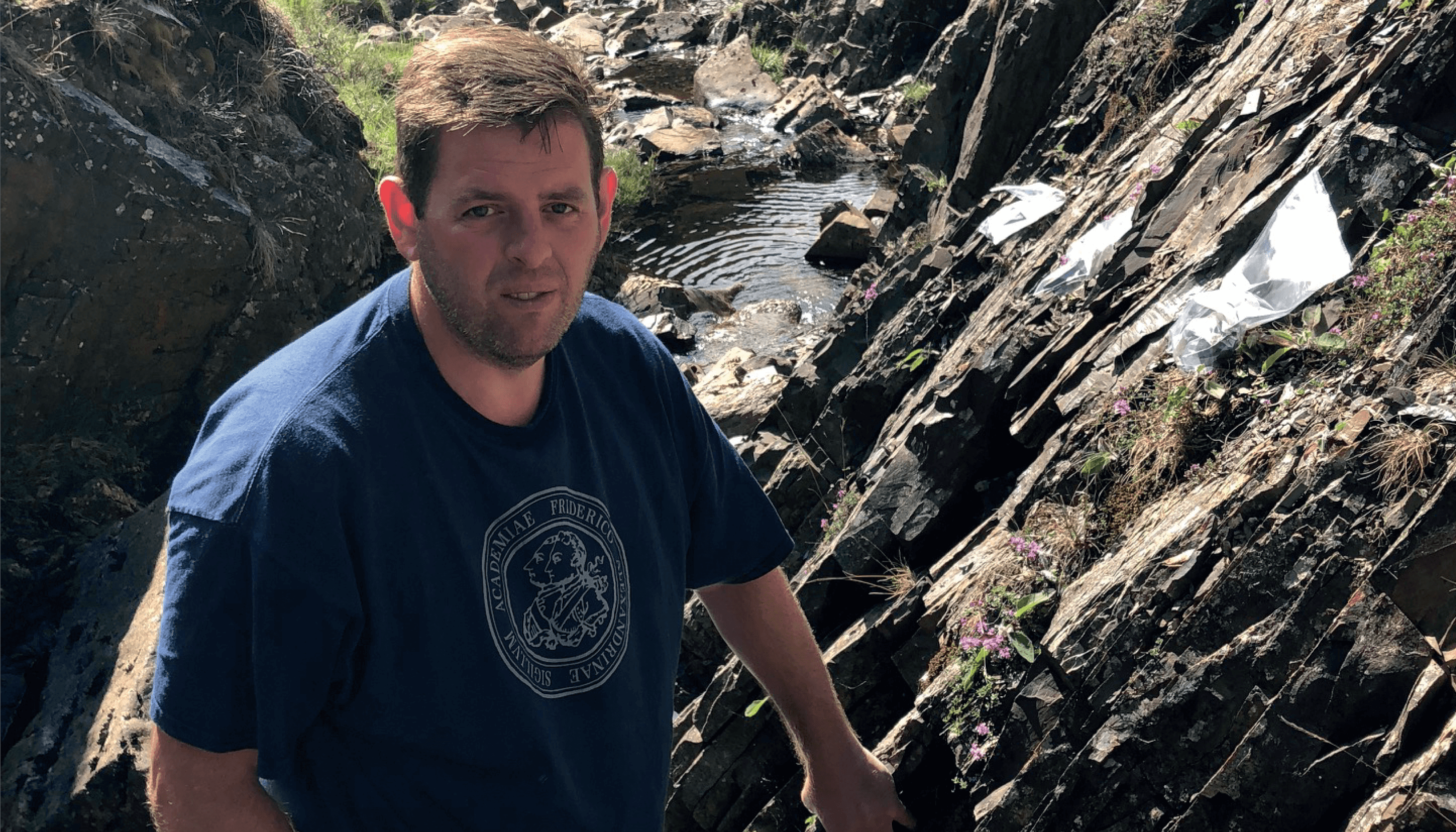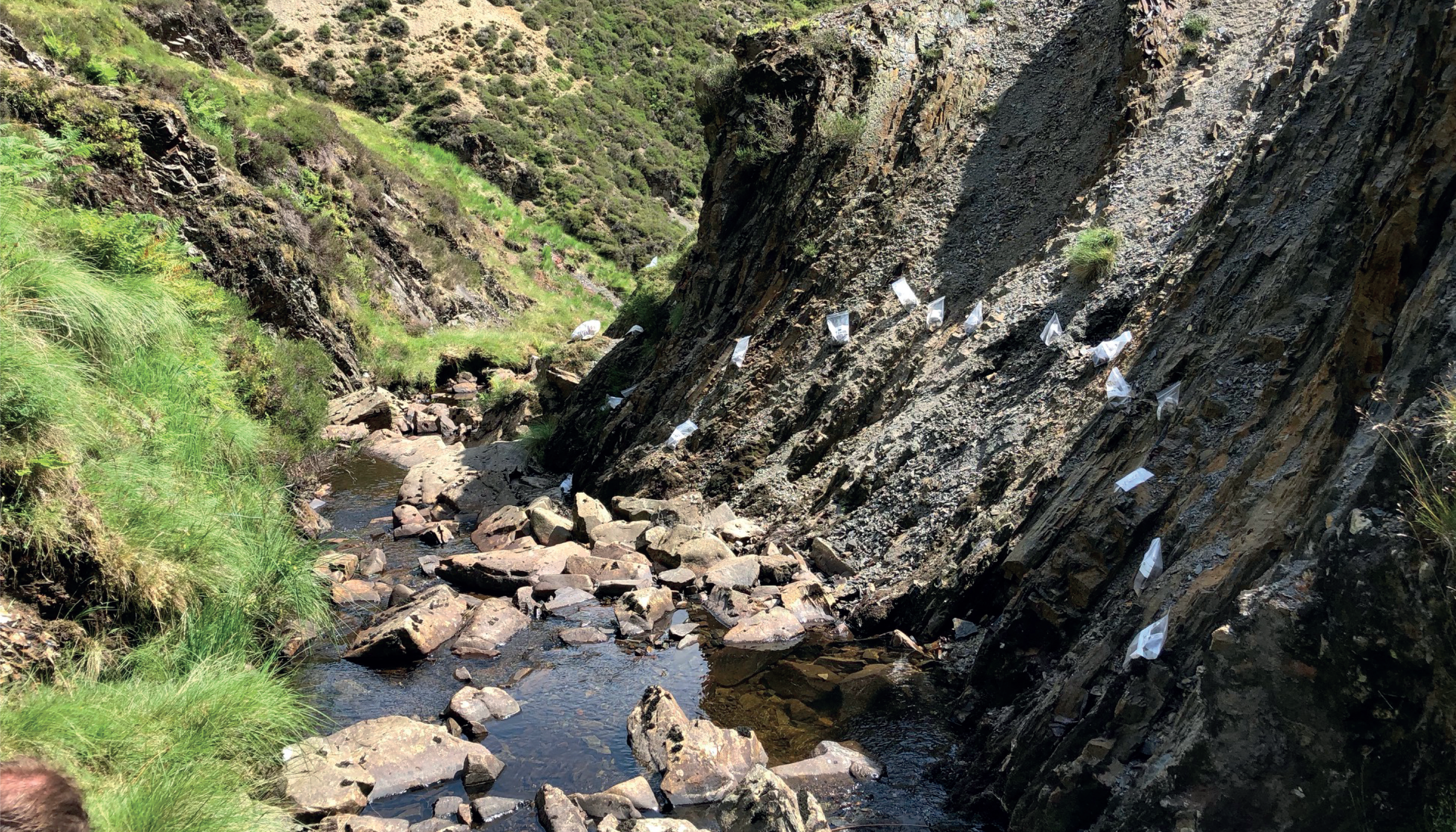Of the five largest extinction events recognized by geologists, the Late Ordovician Mass Extinction (LOME) has long been viewed as the odd one out. Although the others are clearly associated with global warming, scientists believed that the LOME may have been caused by a period of cooling and glaciation – a point used to challenge the theory that modern global warming is a driver of extinction.
Like many other researchers in the field, David Bond and Stephen Grasby took issue with the accepted explanation. “We thought it was strange to have this one extinction that appeared to be caused by such a different driver,” says Grasby, a researcher at the Geological Survey of Canada. So they set out to find evidence to support – or disprove – the theory.

In every other mass extinction, huge volcanic eruptions – known as large igneous province (LIP) events – have released massive amounts of carbon dioxide, methane, and toxic metals into the atmosphere, causing warming effects unlike anything else in recorded history. To test the idea that the LOME was caused by cooling, the pair used MS and atomic absorption spectroscopy to analyze rock samples from the Dob’s Linn section in Scotland. These rocks represent sediment accumulation in the ocean before, during, and after the extinction.

Their results show a clear spike in mercury levels at this time – a fingerprint of an LIP event. “The data suggests the LOME was associated with volcanic activity, which would have triggered global warming and led to an anoxic ocean that suffocated marine life,” says Bond, Director of Research at the University of Hull, UK. “This discovery is extremely important. It proves that, since complex life evolved on Earth, all mass extinctions can be tied to global warming.”
Though confident in their results, the pair emphasize the importance of re-evaluating previous data to confirm their findings. “There are a number of other good exposures of this time boundary that would provide interesting samples,” says Grasby. “We also have plans for detailed radio-isotopic dating of the Ordovician-Silurian boundary, which would allow us to precisely determine the sequence of events and work out how quickly these extinctions occurred,” adds Bond.

References
- D Bond, S Grasby, Geology (2020). DOI: 10.1130/G47377.1




